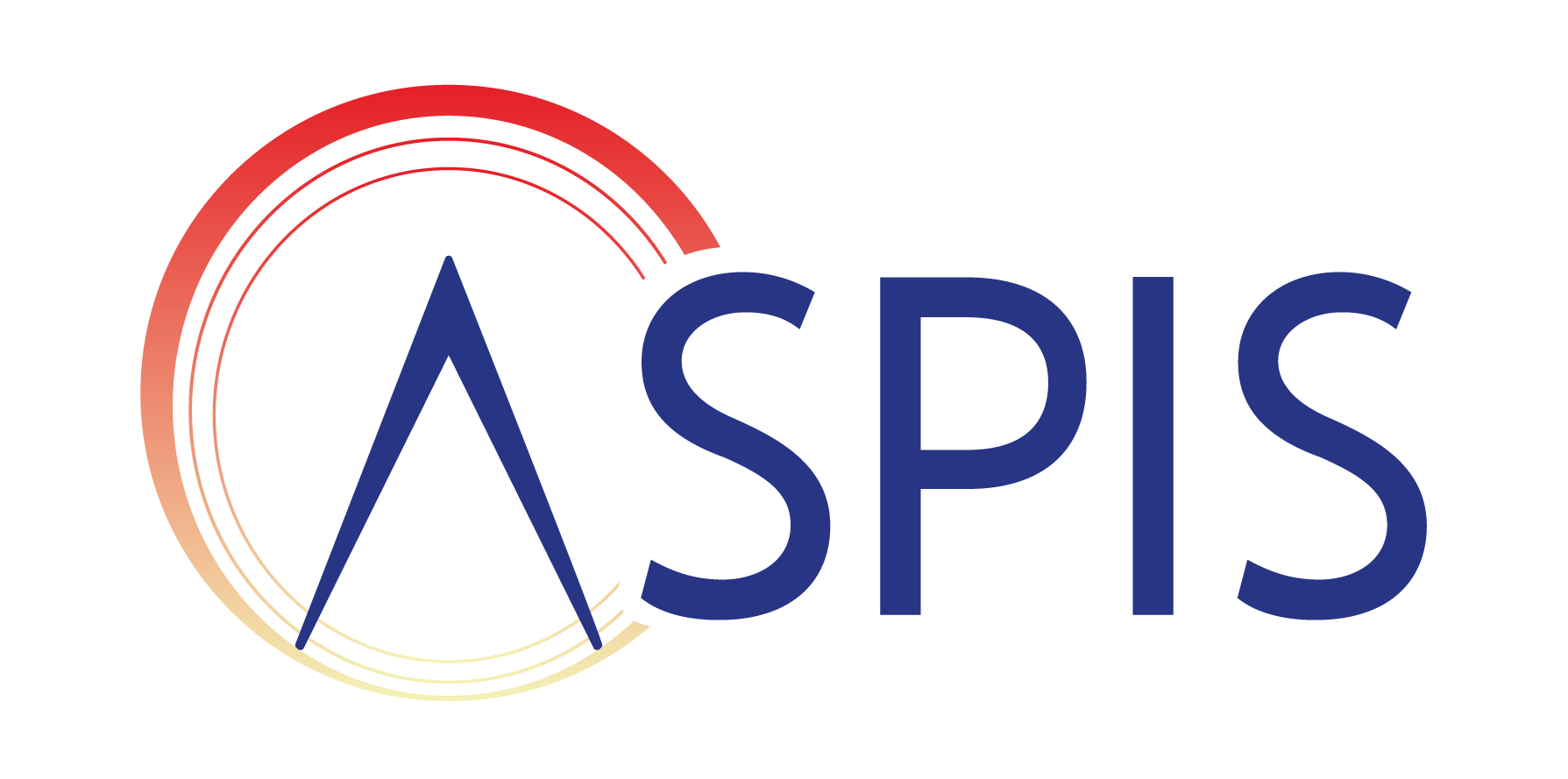As Europe awaits crucial revisions of the European Union (EU) legal framework on chemicals management, ASPIS partners, a science for societal change cluster aiming to better assess the hazards of chemicals to human health and the environment without the use of animal testing, met in Sitges-Barcelona on 24-25 November, to discuss how to translate responsible innovation into actions for a sustainable chemicals industry and a healthy environment.
ASPIS (Animal-free Safety assessment of chemicals: Project cluster for Implementation of novel Strategies), a cluster made of the EU H2020-funded projects RISK-HUNT3R, ONTOX, and PrecisionTox, brings together more than 70 institutions across 16 European countries and the United States (US). “Delivering on a €60 million investment by the European Commission’s H2020 research and innovation programme, ASPIS will contribute to transform health and environment protection by providing new approach methodologies (NAMs) that can more reliably detect and mitigate the exposure to toxic substances” explains Prof. Bob van de Water, from the University of Leiden, Coordinator of RISK-HUNT3R who led ASPIS work since its kick-off in 2021.
Hosted by the 21st International Congress of the European Society of Toxicology In Vitro (ESTIV), the ASPIS 2nd open symposium in Spain was “the opportunity to discuss the US and EU’s needed efforts to increase confidence in the use of NAMs and promote their application for an effective risk management of chemicals with representatives of the European Commission as well as US regulatory bodies” says to Prof. John Colbourne, from the University of Birmingham and leading PrecisionTox, who just took over the ASPIS presidency.
One of the cluster’s goals is to generate new, easily accessible and usable data, along with new assessment methods and tools. ASPIS will significantly contribute to improving the regulatory safety toolbox for a better identification and management of harmful chemicals. The large and promising EU funding into the development of methods to replace, reduce and refine animal testing should ultimately reflect into the refined Registration, Evaluation, Authorisation and Restriction of Chemicals (REACH) Regulation – whose Commission’s proposal has been pushed back to the final quarter of 2023 – as well as into the updated Classification, Labelling and Packaging (CLP) Regulation.
“The cluster will serve as a platform to train early career scientists so that NAMs can be implemented into the Next Generation Risk Assessment (NGRA) practice. ASPIS also has strong ambitions for scientific collaboration, and will widely feed into the European Partnership for Assessment of Risks from Chemicals (PARC), which includes several ASPIS partners”, said Prof. Mathieu Vinken, Vrije Universiteit Brussel-Belgium who coordinates ONTOX. Launched in May 2022, and composed of several scientific partners and EU agencies, PARC received a contribution of €200 million from the EU horizon Europe programme over 7 years to develop the next-generation chemical risk assessment, without the use of animals testing, incorporating both human health and the environment in a “One Health” approach.
NAM applications developed by the ASPIS include adverse outcome pathways discovery and their quantification; enhanced grouping of chemicals based on their mode of action and; detecting and characterising hazards. These test methods can be used to evaluate all chemicals that can be found in people’s home, food and in the environment (cosmetics, pharmaceuticals, biocides, plant protection products…). To implement a strategy that fits all sectors, ASPIS partners will keep working closely with the EU Joint Research Center (JRC) through the ASPIS Regulatory Forum, which involves representatives from the European Chemicals Agency (ECHA), European Food Safety Authority (EFSA) and several Directorates-general of the European Commission.

